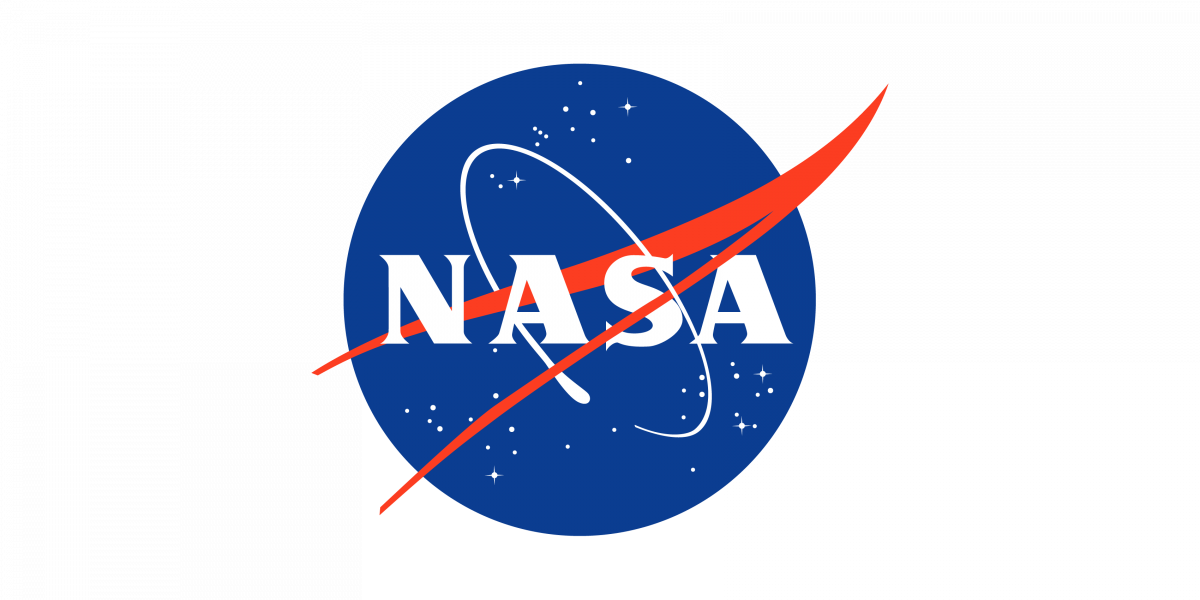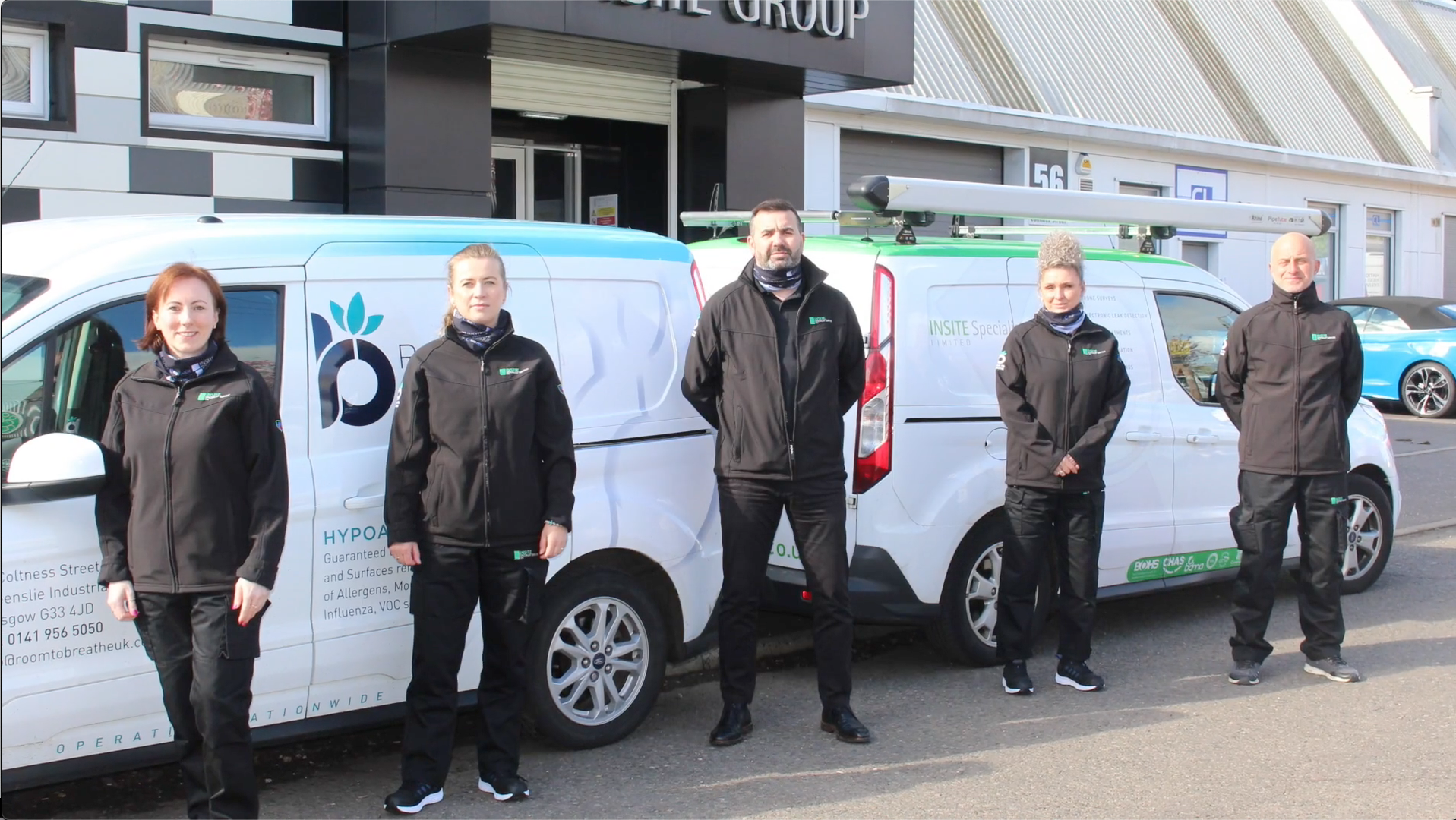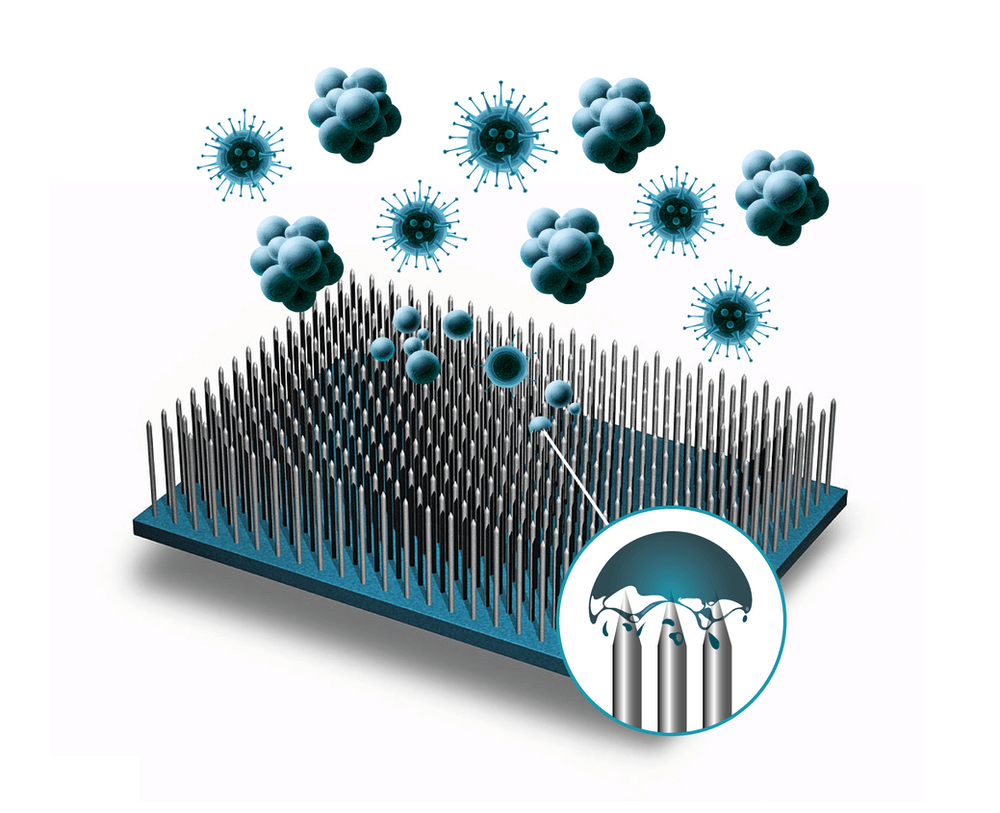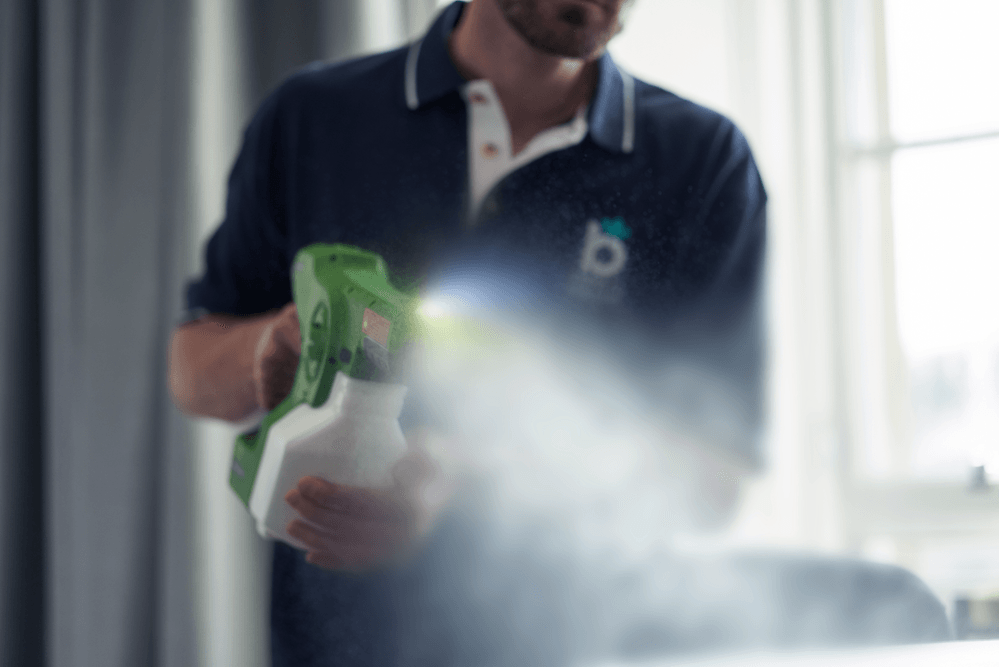NASA Developed Air Sanifiers Assisting in Cleaning Indoor Air
Out of this World's Infection Prevention...

NASA has developed a number of air sanifier technologies that are now being used in commercial and residential products to help clean indoor air. These technologies are based on research that NASA conducted in the 1970s to develop ways to clean the air in spacecraft.
One of the most common NASA-developed air sanifier technologies is photocatalytic oxidation (PCO). PCO works by using ultraviolet (UV) light to activate a catalyst, which then creates a chemical reaction that breaks down pollutants in the air. PCO is effective at removing a wide range of pollutants, including bacteria, viruses, mold, and volatile organic compounds (VOCs).
Another NASA-developed air sanifier technology is negative ion generation. Negative ions are electrically charged particles that can attach to and neutralize pollutants in the air. Negative ion generators are often used in conjunction with other air purification technologies, such as PCO, to improve their effectiveness.
This type of Air Sanification Technology is what we use at Room To Breathe.
NASA-developed air sanifier technologies are now being used in a variety of commercial and residential products, including air purifiers, air conditioners, and HVAC systems. These products can help to improve indoor air quality and reduce the risk of respiratory problems and other health problems associated with poor air quality.
Here are some of the benefits of using NASA-developed air sanifiers:
- They are effective at removing a wide range of pollutants, including bacteria, viruses, mold, and VOCs. This is important because these pollutants can cause a variety of health problems, including respiratory infections, allergies, and asthma.
- They are relatively low-maintenance. Many NASA-developed air sanifier technologies do not require filters or other components that need to be replaced regularly.
- They are energy-efficient. Many NASA-developed air sanifier technologies use less energy than other types of air purifiers.
Overall, NASA-developed air sanifiers are a safe and effective way to improve indoor air quality. They can help to reduce the risk of respiratory problems and other health problems associated with poor air quality.
If you are looking for a way to improve the air quality in your home or office, and are considering using a NASA-developed air sanifier drop our RTB team an email gordon.bruce@insitespecialistservices.co.uk or call him on 0141 611 7888
#nasa #infectionprevention #indoorairquality #airsanifier

64 Coltness Street, Queenslie Industrial Estate, Glasgow, G33 4JD, United Kingdom.
All Rights Reserved | Room to Breathe










